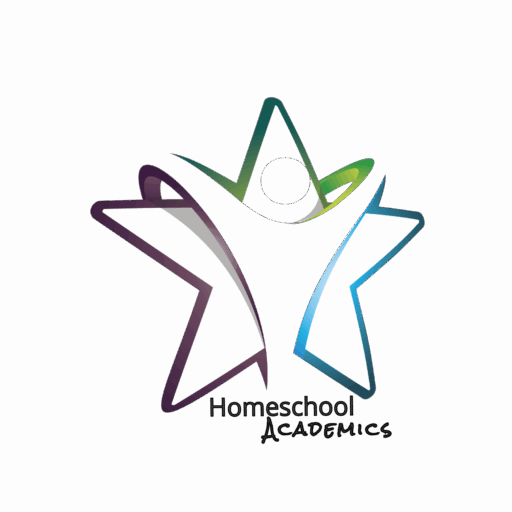Dyslexia
Dyslexia is a neurological learning disability that affects reading, spelling, and writing. It often runs in families and involves difficulty with phonological processing—the ability to recognize and work with the sounds in spoken language.

October is Dyslexia Awareness Month.
October is Learning Disabilities Awareness Month, which includes awareness of dyslexia. Dyslexia Awareness Day is observed on October 8th each year.
What is Dyslexia?
Dyslexia is a neurological condition that primarily affects a person’s reading, spelling, and writing ability. It is a specific learning disability that has a neurological basis, and it often runs in families. Individuals with dyslexia may have difficulty with phonological processing, which involves the ability to recognize and manipulate the sounds of spoken language.
Educational Tips
Communication
-
Speak clearly and slowly: When giving instructions, speak slowly and clearly, and make sure each syllable is clear.
-
Use short sentences: Use simple, short sentences instead of multiple sentences to say the same thing.
-
Avoid complex terms: Avoid using technical or complex terms.
-
Use visual aids: Use charts and diagrams to help students understand and remember information.
-
Break down words: Teach students to break words down into smaller sounds, or phonemes, to help with pronunciation and understanding.
-
Provide outlines: Provide outlines of lectures to help students follow the lesson and ask questions.
- Use technology: Record directions using technology so students can listen to them as often as needed.
-
Use autocorrect: Use autocorrect on a computer to help students type.
-
Use color coding: Allow students to highlight or color-code assessments.
-
Use a Livescribe SmartPen: Use a Livescribe SmartPen to capture everything a student hears and writes in class.
-
Use Whispersync: Whispersync allows a computer or tablet to read papers, notes, and other materials back to a student.
-
Avoid forcing students to read aloud, especially if they haven’t had time to prepare.

Understood for All, Inc
Understood, a 501(c)(3) nonprofit organization, is dedicated to helping individuals who learn and think differently reach their full potential. The platform provides a...
What is a 504 Plan?
A 504 Plan is a formal plan developed in the U.S. to provide accommodations and modifications for students with disabilities in public schools and ensure equal access to...
What is an IEP?
An Individualized Education Program (IEP) is a written plan developed for public school students eligible for special education services in the U.S. under the Individuals...
What is Assistive Technology?
Assistive technology (AT) refers to devices, software, or equipment designed to help individuals with disabilities perform tasks that might otherwise be difficult or...
What is Dyslexia?
Dyslexia is a neurological condition that primarily affects reading, spelling, and writing ability. It is a specific learning disability with a neurological basis that often...
What is Handwriting without Tears?
Handwriting Without Tears (HWT) (now called Learning without Tears) is a popular curriculum developed by occupational therapist Jan Z. It teaches handwriting to children in...
What is Phonological Processing?
Phonological processing refers to the ability to recognize and manipulate the sound structures of language, which is essential for reading, spelling, and speaking. It...
What is the Barton Reading and Spelling System?
The Barton Reading and Spelling System is a structured literacy program designed to help students who struggle with reading, spelling, and writing, particularly those with...
What is the Orton-Gillingham Approach?
The Orton-Gillingham Approach is a structured, multisensory, and individualized method developed in the 1930s by neuropsychiatrist Dr. Samuel Orton and educator/psychologist...
What is the Wilson Reading System (WRS)?
The Wilson Reading System (WRS) is a structured literacy program designed to help individuals with language-based learning disabilities, such as dyslexia, improve their...

